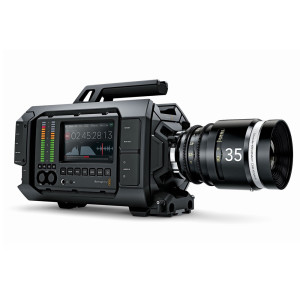Archive for October, 2015
 It Should Be Done In Camera!
It Should Be Done In Camera!
With the advent of post-camera filter software like Tiffen’s Dfx4 and powerful color grading tools like Davinci Resolve, it’s easy to see how some shooters, even some relatively accomplished ones, no longer see the need for an on-camera filter. But this can be a big mistake. Especially given today’s onslaught of low- and mid-level 4K camcorders and DSLRs that produce overly harsh albeit very high resolution images.
Truth is, the impact of some optical filters cannot be effectively recreated in post. The polarizer, for example, is the only filter capable of increasing contrast and resolution; it is simply not possible to add picture detail post-camera if the detail was not captured in the first place.
Then there is the matter of finishing filters like the Tiffen Satin and Black Satin, and the Schneider Digicon and Black Magic types. These filters have become more or less obligatory in recent years, to mitigate the clinical brash look characteristic of many low-cost 4K cameras. The Blackmagic URSA, AJA Cion, and other relatively economical camcorders and DSLRs, often exhibit very poor shadow integrity along with a harsh roll-off in the highlights, which can only be effectively ameliorated by a proper finishing filter.
Today’s sharper diffusion filters from Tiffen, Schneider, and others, produce very little scatter and halation, and for all intents and purposes, are invisible to the viewer, but produce a more flattering look with lower noise in the shadows and smoother more pleasing highlights. Most importantly, these filters maintain sharpness in the pupil of the eye, while subtly blending and softening the skin tones and around the eye sockets and face. This is possible because these filters are designed from the outset with the proper telecentricity to accommodate modern digital sensors with deep bucket photosites.
Older series Black Pro Mist, Soft F/X, Fogs, and Double Fogs, produce too much scatter to be useful with modern cameras fitted with CMOS sensors. Still, having said this, I do find a 1/8 Tiffen Black Pro Mist filter can be useful to match certain type vintage optics, like an old Cooke zoom, to the latest generation Zeiss CP.2.
